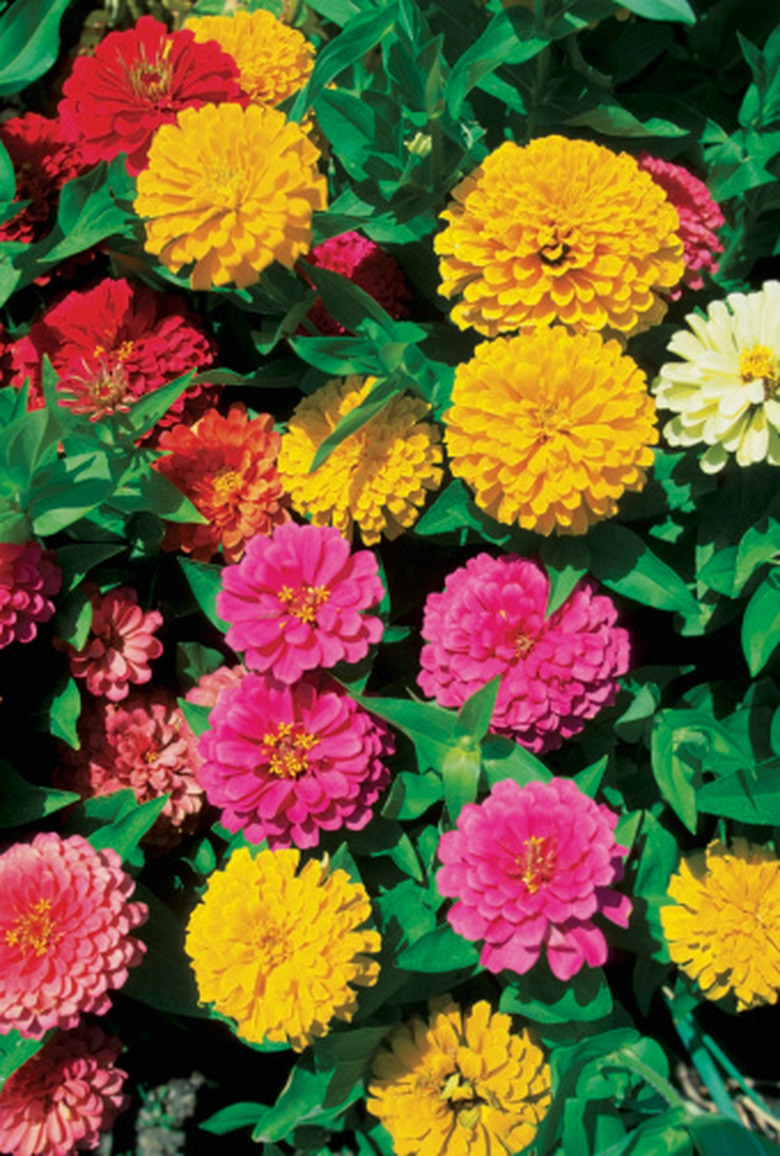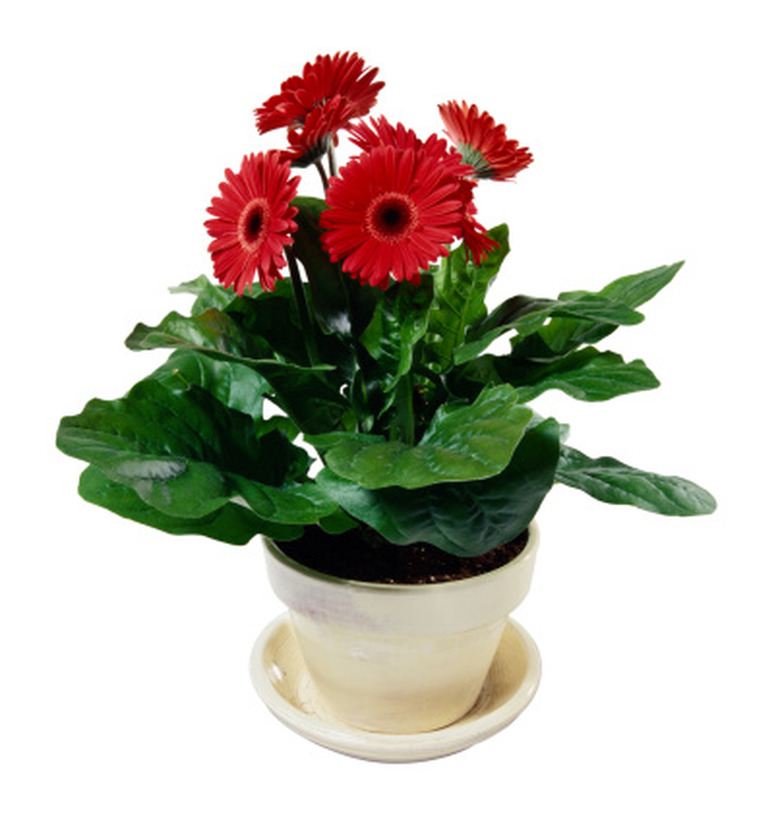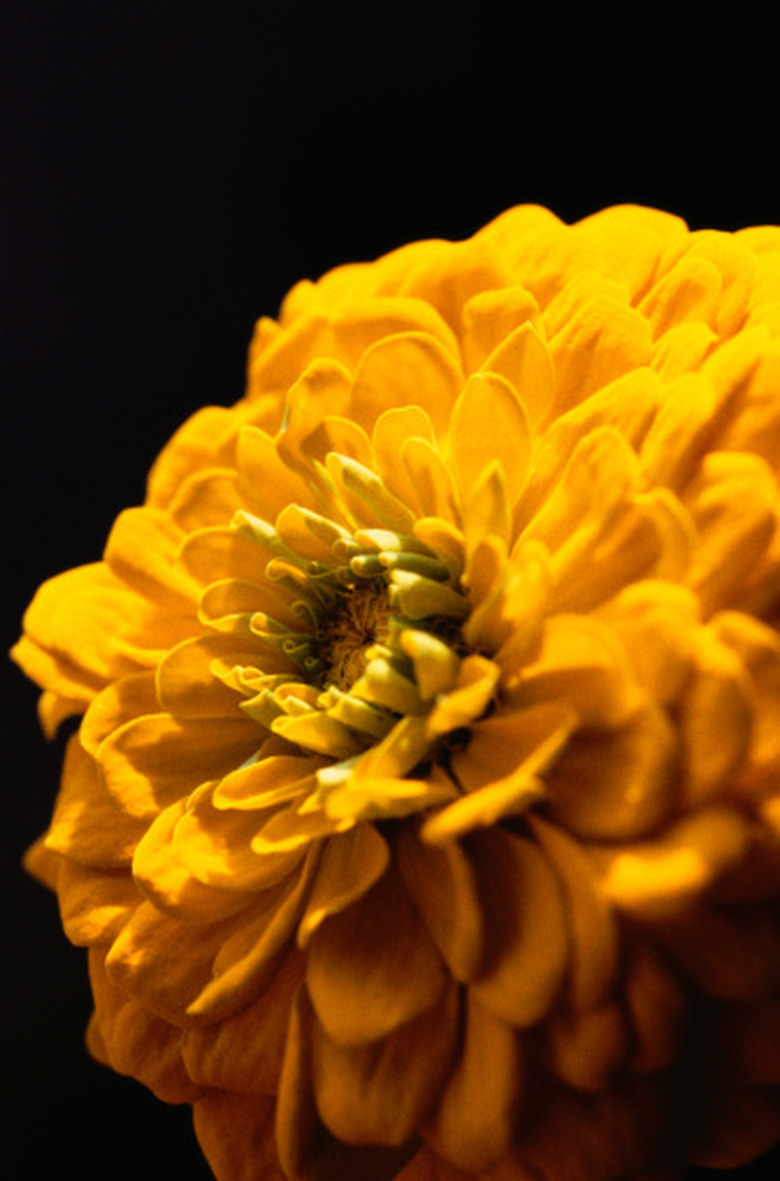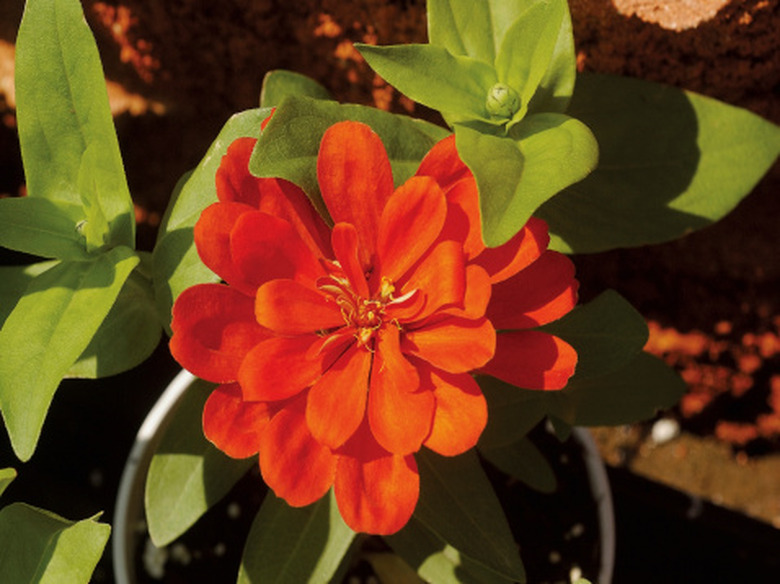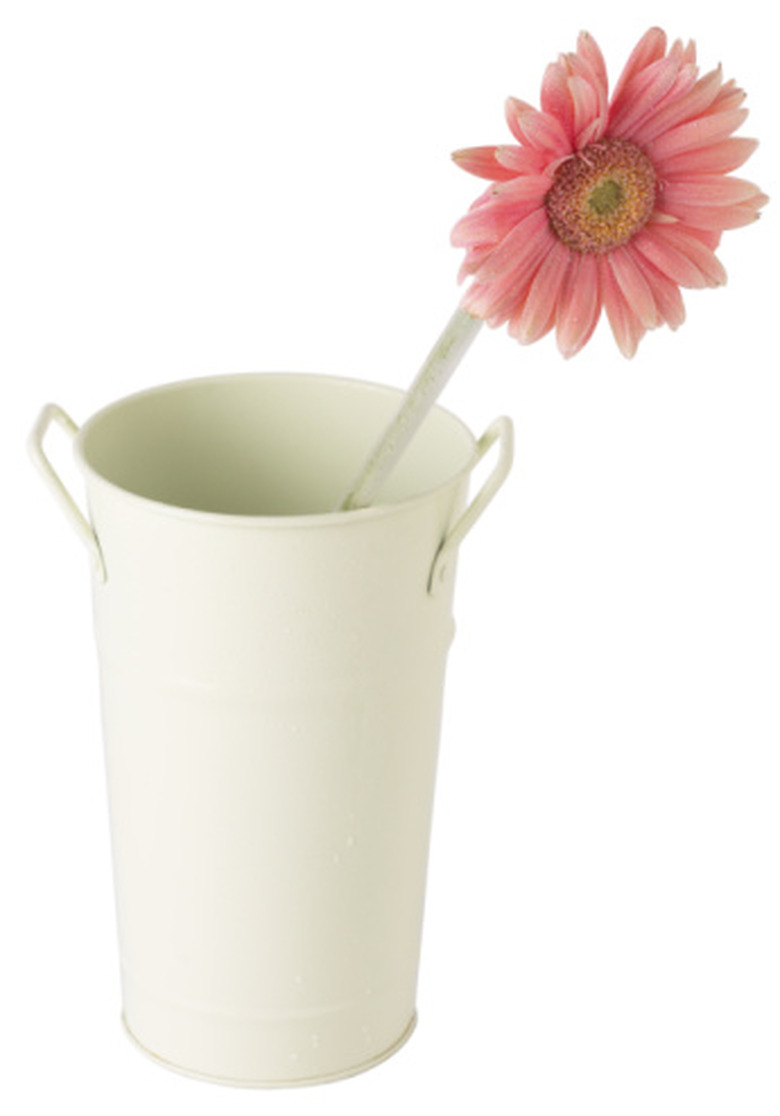Are Zinnias Annuals Or Perennials?
Brightly colored zinnias are a welcome sight in summer gardens. Once the weather warms up, zinnias are easy to grow in sunny flowerbeds and borders. They are attractive whether grown en masse or in clumps of three, five or seven plants in a mixed border. Not only are they easy to grow, they have a long vase life too, making them a favorite among veteran gardeners.
Culture
Zinnias are annuals. The first frost of fall kills them, and gardeners must plant them anew in late spring. Gardeners may sow seeds directly in well-drained soil outdoors after the last frost of spring. Succession plantings every two to three weeks will ensure a long season of vivid color. Zinnias transplant well, so you can also start seeds indoors in peat pots or trays in cool weather and move seedlings outdoors when temperatures rise.
Varieties
Zinnias are diverse. They range in size from dwarf, compact plants, just 6 inches in height, to stately giants 4 feet tall. Flower forms can vary from dense, pincushion blooms to single, airy blossoms that resemble daisies. White varieties exist, but zinnias are generally known for their vivid colors in shades of pink, orange, red and yellow. Their intense colors attract butterflies, bees and hummingbirds.
Challenges
Zinnias are not problem-free. Leaves are susceptible to white powdery mildew, so gardeners should plant zinnias with sufficient space between them to allow for good air circulation. Leaf spot, root rot, blight and botrytis are the most common zinnia diseases. The gardener should remove any affected foliage at the first sign of trouble and dispose of leaves in the trash, not the compost bin.
Cutting
Zinnias do well in a vase or an arrangement. To extend the vase life of cut zinnias, cut them early in the morning and dip the cut stems in water as soon as possible. Remove all of the foliage from the portion of the stem that will be underwater in the vase, and chill the flowers in the refrigerator. Let them soak the water in and cool off for at least an hour before arranging them.
